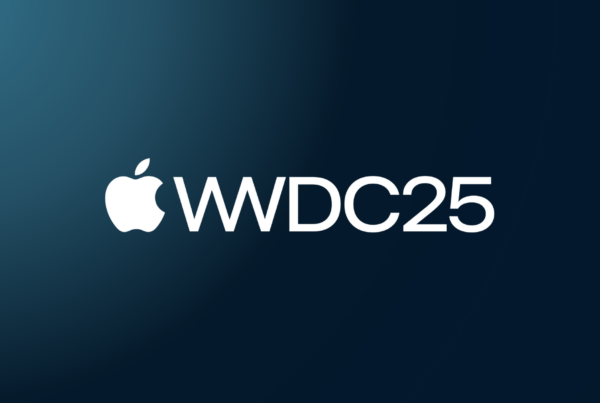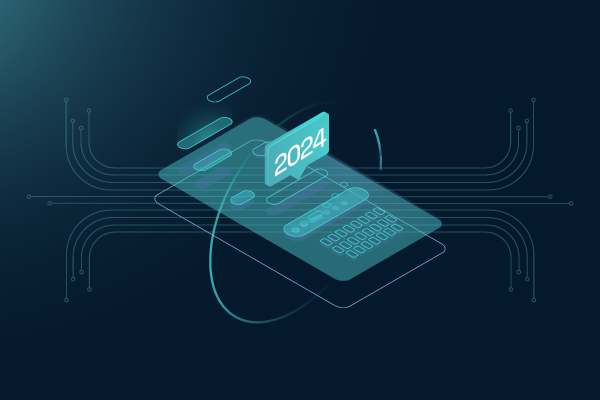Editor’s note: In the privacy-first world we’re in now, running paid campaigns for mobile app re-engagement is becoming more and more complicated. App marketers have fewer opportunities to track users across the web and mobile ecosystems. Yet growth teams still have the need to retarget their app users, and are looking for solutions.
We spoke with Brian Altman, Dataseat’s Director of Sales, to get his thoughts on re-engagement in today’s privacy centric mobile ecosystem.
Why should marketers pay attention to re-engagement and Android going into 2024?
Brian:
The app retargeting industry has undeniably taken a hit since the introduction of Apple’s App Tracking Transparency (ATT) in Q2 2021. Retargeting on mobile is done using the unique device identifier (IDFA on iOS and GAID on Android), which allows for retargeting partners to identify and retarget the advertiser app’s users.
The scalability of retargeting has been limited on iOS as users now need to consent to IDFA tracking via the ATT prompt (and only 20-35% of users allow IDFA tracking on iOS).
Additionally, Apple has made no indication that they will be supporting privacy-friendly retargeting. Apple announced that SKAN 5 will support measurement for re-engagement, but there will still be no way to identify and target existing users. The limited audience size coupled with the fact that there are no stated plans for privacy-friendly retargeting has led many advertisers to deprioritize re-engagement on iOS.
How is Google making retargeting on Android more feasible?
Brian:
Android has been another story as re-engagement marketing is still alive and well on the platform. True GAID depreciation is not expected to begin until the second half of 2024 with increased adoption of Google Privacy Sandbox for Android.
Unlike iOS and SKAdNetwork (SKAN), Privacy Sandbox will feature the Protected Audience API, which will let advertisers create privacy-compliant audiences to use for re-engagement. Because of this, we have seen advertisers continue to prioritize re-engagement on Android.
Are there verticals where retargeting is more and is less useful?
Brian:
Paid retargeting is useful across all verticals as it allows advertisers to have an ongoing conversation with their customer base. There are small exceptions here for industries where paid retargeting does not make sense; namely hyper-casual gaming or verticals with low user lifetime value (LTV).
When considering a retargeting campaign, advertisers should ask themselves:
- Who are the audiences that will be retargeted?
- What should the messaging be?
- When should I retarget them?
The answers to these questions will vary widely by vertical.
For example, let’s say a gated subscription app knows that the vast majority of their subscribers sign up within the first 30 minutes of installing the app. If 60 minutes go by, and the user still hasn’t subscribed, the app marketer may choose to retarget that user. The retargeting messaging might offer a promo like a free trial to win over the potential subscriber.
Another very common example of retargeting is an ecommerce app quickly retargeting an audience that has looked at an item (or even added the item to their cart), but exited the app before purchasing.
No matter the vertical, an advertiser must ask themselves: “What value am I providing the user by showing them this ad?” It can be as simple as a nudge for a user that forgot they downloaded the app, to informing the user of new app features, to giving the user an exclusive offer.
How do we measure re-engagement campaigns?
Brian:
Measurement has always been the thorn in the side for marketers for retargeting. Because retargeting is showing ads to existing users, there is always a worry that retargeted users will organically convert anyways.
Option 1: MMP attribution The majority of advertisers still opt to use traditional MMP attribution (i.e., standard 7-day click, 24-hour view) with a post-install window built in for user acquisition partners who drove the install to get credit for the subsequent conversion. This method of measurement gives the advertiser a real-time proxy on performance, but it leaves open the opportunity for ad networks to steal organic conversions.
Option 2: Incrementality measurement This is a statistical way to show the conversions driven by an ad network. Measuring incrementality requires creating two groups (test and control), then exposing ads to just one group. Measuring the delta of conversions between the groups’ results is the incremental conversions driven by the ad network. In theory this sounds simple — but in practice it is much more complex. Advertisers running incrementality tests risk spending ad dollars and seeing inconclusive results.
The best approach to retargeting measurement is combining several methods. Use MMP attribution for real-time insights and optimizations while using incremental measurement as a gut check. Of course, the best way to ensure campaign effectiveness is to make data-informed decisions on what user segments to target.
Should UA and retargeting “sit together”? What are the pros and cons?
Brian:
When done right, a unified user acquisition and retargeting effort is beneficial to the advertiser. Retargeting can enhance the effectiveness of UA campaigns as it allows for a post install strategy to convert an installer to an active user.
On average 25% of users will churn in an app one day post install, but that number falls to 5.7% by day 30.
The point is this: as time goes on, it is harder to bring back installers to convert them to active users.
Having a single ad partner doing both user acquisition and retargeting allows for a unified strategy where campaign data can be analyzed on a holistic level to determine the right balance between acquisition and re-engagement. This feedback loop is lost when working with separate partners on UA and retargeting.
Is retargeting coming back to iOS?
Brian:
Apple has announced that it will support re-engagement measurement with SKAN 5, which it has yet to release. This is good news, but it doesn’t necessarily mean that retargeting is coming back to iOS. Where Google has created a new privacy friendly programmatic buying framework with Sandbox (which allows for privacy-friendly audience targeting via the Topics API for new user targeting and the Protected Audience API for retargeting), the scope of Apple’s SKAdNetwork is limited to attribution. As of now, Apple has not indicated any plans to expand SKAN’s capabilities beyond attribution.
In any case, Dataseat is positioned better than many other DSPs. Having access to both supply (via Verve Group and Smaato SSPs) and demand (via the Dataseat DSP), we are in a unique position to test Google’s Privacy Sandbox and are official testing partners. Additionally, Dataseat is at the forefront of privacy-first user acquisition and re-engagement campaigns for clients on Android and iOS, where data permits.
We are ready to expand this expertise into ID-less iOS re-engagement if or when Apple offers that on SKAN traffic.
Best practices for app marketers looking for a re-engagement solution
- Work through your targeting strategy. Analyze your data to determine where users are falling off in the funnel and what messaging will be most effective to bring them back.
- Get the right technical setup to support your targeting strategy. This means ensuring that your setup is tracking the correct events.
- Consider privacy implications. Will the campaign be able to scale? Partners should be able to tell your match rate for specific segments of users (i.e., the % of users per segment that can be found in their platform).
- Weigh your measurement options. Will MMP attribution be the primary mode of measurement? Will incrementality be a gut check for performance?
- Think about how UA and retargeting can work together. Retargeting is often leveraged to activate users. If this is the case it’s essential that your UA and retargeting programs are working together — not competing for conversions).
Let’s talk!
Dataseat is your expert in future-proof, privacy-first advertising on mobile app and mobile web. We work with all non-walled garden mobile inventory, all formats and all geos, helping clients excel at achieving their goals across the funnel. We are focusing on the outcomes which matter the most to our clients: impressions, app installs, subscriptions, orders, re-engagement, repeat orders, and more.
To discuss mobile user acquisition or re-engagement campaigns, get in touch.


 Brian Altman,
Brian Altman, 


